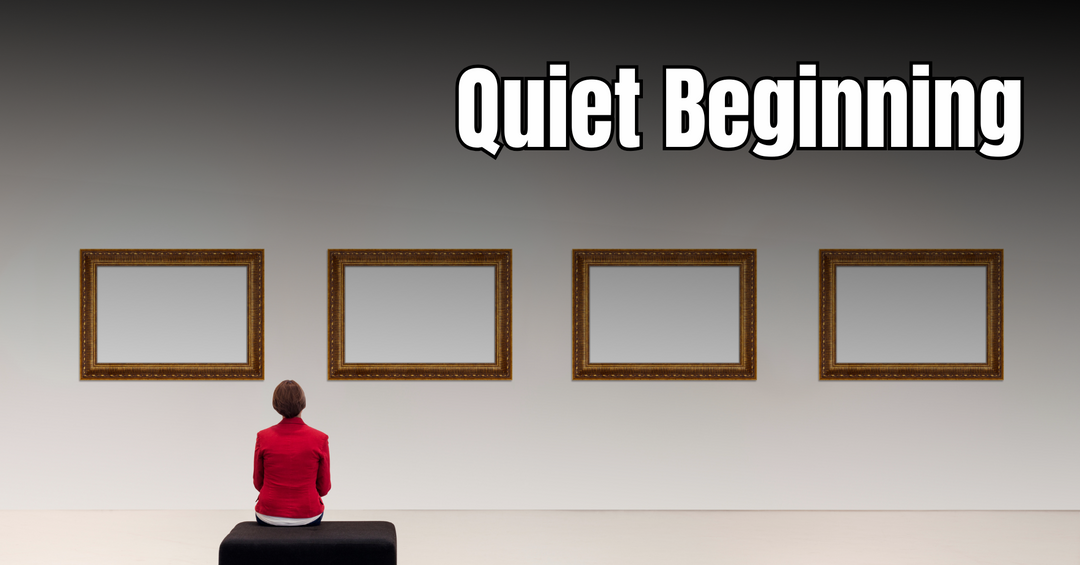For centuries, artists have relied on cotton or linen stretched over wooden frames. While familiar, these materials come with well-known flaws: sagging, warping, moisture sensitivity, and eventual instability. Museums and conservators have been aware of these issues for decades, and modern research continues to reinforce what many artists experience in their studios: traditional supports can fail the art they are meant to preserve.
Backed by science, proven by the V&A: polyester outperforms cotton and linen. ACF’s Box Board Canvas turns museum-grade stability into everyday reality for artists.
What Conservation Science Tells Us
A landmark 2020 study led by Tim Padfield explored how different types of backing boards affect the stability of canvas paintings. Their findings were clear: open backs and hygroscopic materials like wood or card destabilise canvases, while impermeable, non-absorbent back plates provide the best protection against humidity fluctuations and condensation. In other words, sealing and shielding the back of a canvas dramatically improves its preservation.

A back view of the experimental canvas stretched over a wooden frame. The fine thermocouples (TC) which spring against the painting canvas and the back plate are scarcely visible. (Picture from www.conservationphysics.org)
Meanwhile, the authoritative reference Conservation of Easel Paintings (2013) highlights polyester (in PET form) as one of the most promising canvas fabrics available today. Unlike cotton and linen, polyester is dimensionally stable, resists moisture uptake, and retains its tension without sagging.
These findings are backed by the Victoria & Albert Museum’s accelerated ageing tests, which confirmed that polyester canvases outperform both cotton and linen in resisting shrinkage, expansion, and moisture damage.
How ACF Put This into Practice
In 2017 — before the Padfield study was even published — ACF introduced the Box Board Canvas, bringing museum-level science into the hands of everyday artists. Our design features:
-
3 mm HDF back board: Rigid, non-hygroscopic, and sealed to prevent moisture exchange.
-
100% PET polyester canvas: Dimensionally stable, drum-tight, and resistant to sagging or shrinkage.
-
40 mm gallery depth: Creating a natural 37 mm air gap from the wall, reducing condensation risks and protecting the canvas surface.
This combination means artists don’t just paint on a surface — they paint on a support designed with conservation science in mind.
 Why This Matters to Artists
Why This Matters to Artists
Whether you’re painting for exhibition, sale, or personal expression, the longevity of your work depends on the stability of its support. Cotton and linen may carry tradition, but they also carry risks. By adopting the Box Board Canvas, artists gain the confidence that their work is supported by the same principles conservators apply to safeguard priceless museum collections.
ACF’s Box Board Canvas bridges the gap between science and studio practice — giving today’s artists the durability, stability, and freedom of expression they deserve.





Leave a comment
This site is protected by hCaptcha and the hCaptcha Privacy Policy and Terms of Service apply.